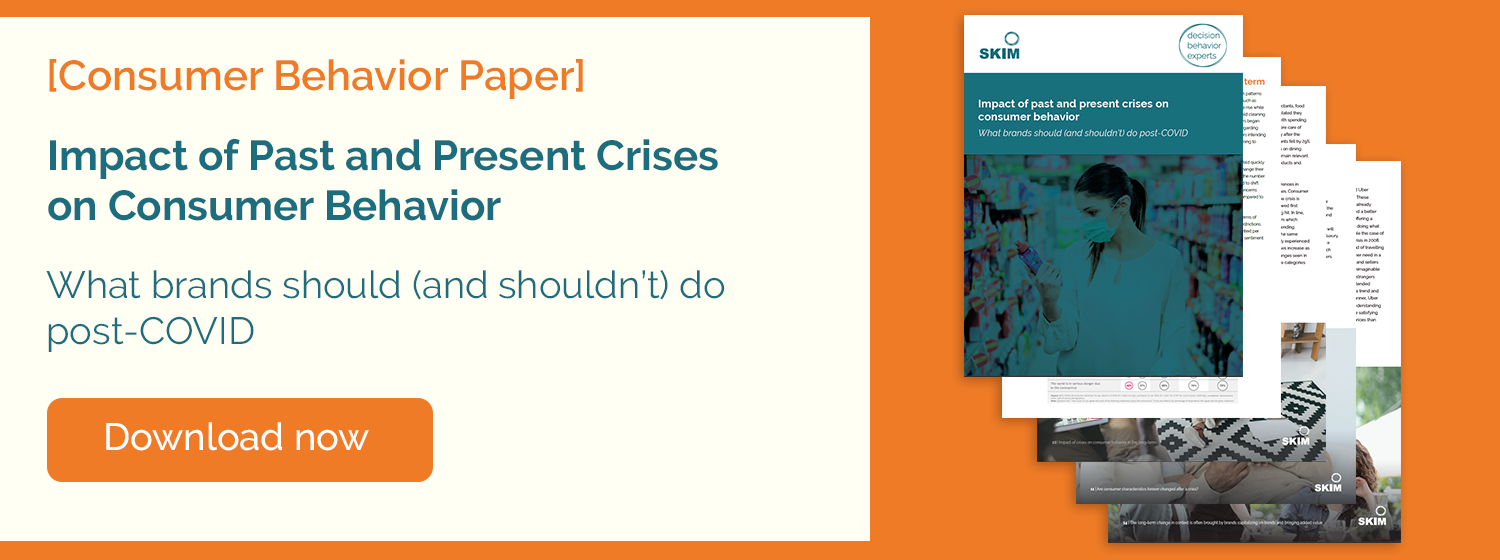Consumer behavior is usually embedded in daily habits; sometimes consumers make more deliberate decisions. COVID-19 triggered a dramatic change in the context of consumer decision making: Many daily habits have come to an abrupt halt; more decisions are now deliberate.
Your company is probably feeling the immediate impact of these behavioral shifts and you may be charged with adapting short-term marketing strategies accordingly.
How do you offer real, relevant and authentic value to consumers in the midst of this crisis?
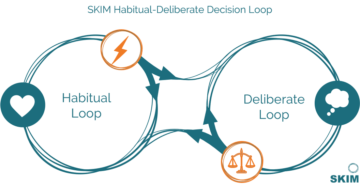
As you adapt your marketing mix in the short term, you must consider three critical consumer needs – needs that have surfaced from this crisis and are suddenly much more prioritized: the need for protection, connection and entertainment. In the wake of COVID-19, these are the needs shaping consumer behavior and decision-making today and are important to understand.
It’s essential to go back to consumer behavior first: How do consumers’ changed lives impact their behavior? How do they try to fulfill their needs with less possibilities than before? Can they find what they’re looking for?
Brands that are first and most relevant, will win.
Read on to learn more about each consumer need, the role the 4Ps can play in each and five practical tips you can put into action today.
The need for protection
During a health crisis, with imminent health threats, every consumer’s key priority is to stay healthy. The immediate surfacing of this need is evident in a variety of changing consumer behaviors. People want to limit the spread of disease and do their part by buying and using more disinfectants, tissues, soaps, etc.
Brands are also taking action to benefit the greater society. For example, apparel manufacturers (e.g. Prada, Gap, Nike etc.) are manufacturing and distributing face masks. Alcohol manufacturers and breweries (e.g. Anheuser-Busch, Diageo etc.) are using their facilities to produce sanitizing products in an attempt to mitigate shortages. The auto industry (Ferrari, General Motors, Tesla and others) is devoting manufacturing resources to combat the shortage of ventilators. Food delivery companies (UberEats, Deliveroo, Lieferando and many others) have adjusted their service by offering contactless delivery options.
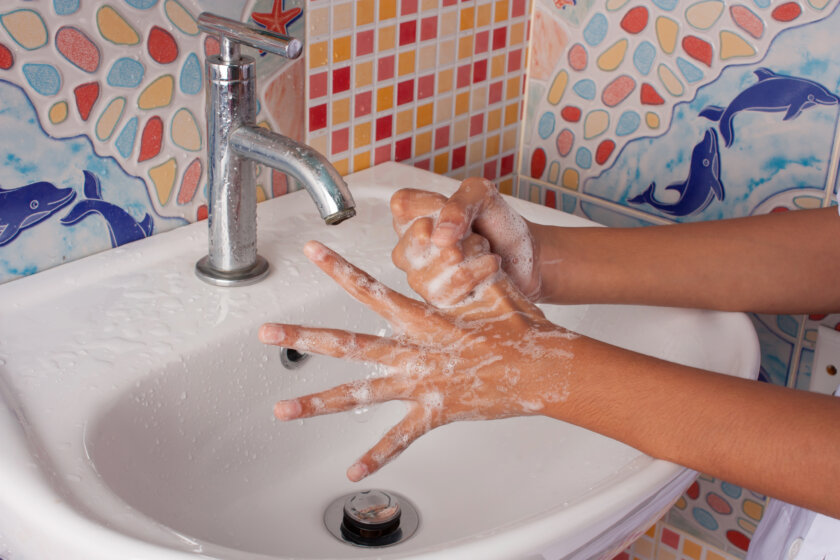 Consumers are interested in hearing about brands’ crisis initiatives and expect that company actions now will likely impact which brands they decide to purchase in the future.
Consumers are interested in hearing about brands’ crisis initiatives and expect that company actions now will likely impact which brands they decide to purchase in the future.
(Product) A very striking product innovation for consumers so far, is the Geely Icon: launched in February and said to be China’s first mass-produced vehicle equipped with an anti-bacterial cabin filter. Some household cleaning products, such as hand sanitizers, detergent and soap, may want to develop or use anti-viral functionalities and claim them.
SKIMspiration Tip: would claiming such Corona-fighting functionalities work in your category, or is it too early? How are you adapting your health and safety messaging? Proceed with caution and adapt your claims strategy to cater to today’s needs.
The need for connection
Millions of people are being quarantined. Confinement, loss of social routines, and reduced social and physical contact can cause boredom, frustration, stress, and anxiety. In order to battle these emotions, people have activated their social networks, remotely and virtually. In times of crisis, consumers need frequent reassurance on the well-being of their loved ones and more than ever they reach out to stay connected.
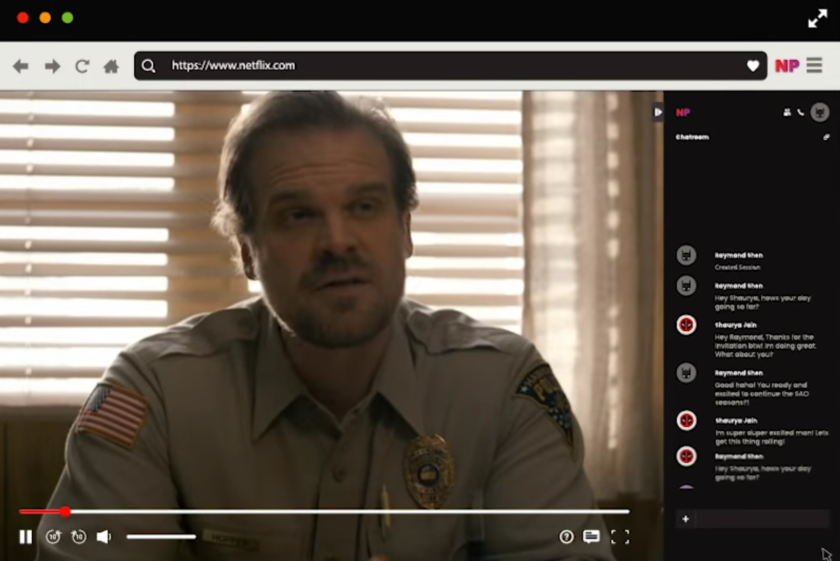
(Product) The rebranding from the existing Office 365 Personal and Home subscriptions to Microsoft 365 Personal and Family plans shows a shift in focus. Instead of just connecting people in one household, the new name promises to connect the entire family, no matter where they are, 365 days a year, all year round. It is a simple, but smart marketing move.
(Product) In times where going to the movies, “Netflix and chilling,” or movie marathons with friends are missed, It is now possible to watch TV and movies together through Netflix – online. Netflix Party is a Google Chrome extension that allows subscribers to watch TV shows and movies with others remotely and in-sync. It even comes with a real-time sidebar chat.
SKIMspiration Tip: People are looking for other ways to connect and entertain themselves. Find out at what moments, with whom, and where. Translate findings to your brand’s role and consider how to engage with consumers in an authentic way, such as on social media.
The need for entertainment
The crisis-induced home confinement forces consumers to think of new ways to stay active and stay entertained to fight the increasing sense of boredom and frustration. The pronounced craving for entertainment can be seen in various aspects of consumers’ lives with sales of board games, puzzles and video games going through the roof and a steep uptake of online fitness classes.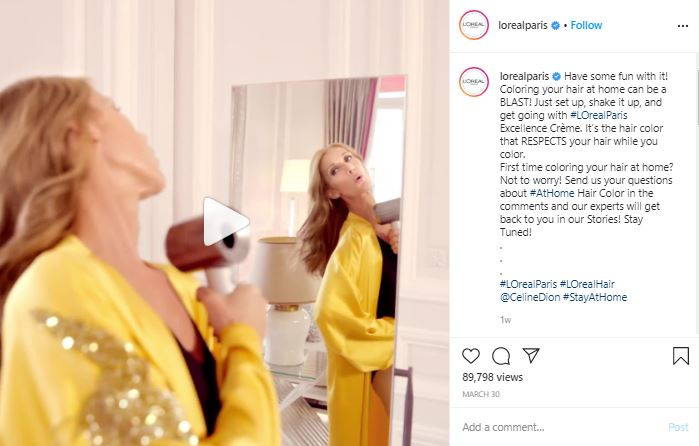
(Promotion) L’Oréal focused much more on its home hair coloring solutions. In-home solutions for coloring hair offer very tangible and relevant advantages and solutions to a crisis-specific problem.
(Price) Around the world, some consumers are shopping more online, while others are being forced to try online shopping for the first time. In France, Fnac was the offline bookstore. Now, it’s trying to retain loyal “brick and mortar” shoppers by ensuring they choose Fnac online. Fnac is offering 500 free eBooks in the hopes that once consumers land on their website, they will browse and order more – making a deliberate decision to choose Fnac over Amazon.
SKIMspiration Tip: Find out what your customers currently worry about: Gardening? Home improvement projects? Keeping up with their beauty routines? Gaming? Starting a new fitness regime? Keeping kids occupied? They may be open to try something new now. Dive deeper and understand your consumer.
Now what? From consumer needs to brand strategies
Brands must act now if they wish to survive the crisis and thrive afterwards. While some sectors are being hit harder than others, all brands can take the changing consumer behaviors as an opportunity to transform and find new business opportunities. Thoroughly understanding changed behavior and needs will lead to new brand opportunities: new or adapted products, promoting relevant (maybe new) features, rightly priced. The game is on!
5 short-term tips for brands during behavior disruption
1. Stay in touch
Keeping quiet and waiting for the storm to calm down is not always the way to success. Brands need to stay present and keep playing a role in their customers’ lives in times of crisis. Don’t be that friend who is only visiting when you go out, be the one that’s also there when you are sick or broke.
2. Start consumer immersion
Brands must understand in what ways the COVID-19 crisis disrupts consumer habits, what needs should be satisfied and whether these changes will remain in the long-term. Consider the three most important consumer needs at the moment – protection, connection and entertainment. Consumers are adjusting their beliefs and behaviors daily. What are your consumers doing differently than before, in what situations, for what needs, which purposes? Consider using mobile, implicit-based research techniques to uncover these consumer insights in a few days.

You should start consumer immersion right now, since you do not completely understand what is going on. These days consumers are spending a lot of time on social media and are looking for news, entertainment and advice. How, when, where, with whom? The changed situation offers a prime chance for you to reach out to consumers, stay connected and stay in touch.
3. Adapt your marketing mix where relevant
Now you should investigate how you can adapt your marketing mix to provide real value to protect, to connect and to entertain. Many brands started to use their existing strengths to this end (entertainers entertain, technology connects). But much more can be done once you better understand your consumer’s needs and changed behavior.
4. Find your USP, dive into the Blue Ocean
Use this time to differentiate your brand from the rest of your category by exploring options which might not seem as obvious, but are still relevant to your core business and can tackle changing consumers’ needs. Netflix is moving from pure entertainment offers to connecting parties. L’Oréal has used its new promotion to reach out to its customers with a crisis-sensitive approach. There is a Blue Ocean out there, (new) product or service features may thrive in it. Consider this: After the 2008 recession many of today’s household names launched as startups disrupting traditional categories (e.g. WhatsApp, Uber, Venmo, etc.).
5. Be excellent online
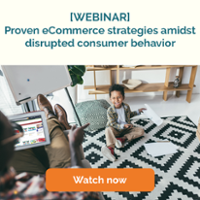 It is important to emphasize online proficiency and experience. This is true for almost any brand since most consumer behavior is moving online. Consumers are becoming increasingly overwhelmed by choice overload and 24/7 connectivity. In fact, the key to getting their attention might be to satisfy their desire for simplicity which is further exacerbated in stressful circumstances. Do you know how to break through online clutter to drive awareness, engagement and online conversion?
It is important to emphasize online proficiency and experience. This is true for almost any brand since most consumer behavior is moving online. Consumers are becoming increasingly overwhelmed by choice overload and 24/7 connectivity. In fact, the key to getting their attention might be to satisfy their desire for simplicity which is further exacerbated in stressful circumstances. Do you know how to break through online clutter to drive awareness, engagement and online conversion?
—
So, be proactive in connecting with your customers, understand them, and in particular: provide them with the right and relevant messages, products or services that cater to newly surfaced needs.
 Visit our COVID-19 and Decision Behavior Disruption knowledge center for more content in this series.
Visit our COVID-19 and Decision Behavior Disruption knowledge center for more content in this series.
We are sharing additional theories, best practices and tips on decision-making, eCommerce, innovation and revenue management strategies. Our goal is to provide inspiration, answers to common questions we’re receiving and help you navigate the new normal. In the meantime, feel free to  . We’ve got decades of experience in helping brands navigate changes in consumer behavior to help achieve your business goals
. We’ve got decades of experience in helping brands navigate changes in consumer behavior to help achieve your business goals
Acknowledgements
Special thanks to Christiane Meyer and Andrea Podobnik for their contributions to this article. Christiane is a Senior Analyst at SKIM and has a passion for consumer behavior, originally stemming from her work in the digital health sector. She now focuses on understanding underlying drivers which affect consumer decision making. Christiane holds a Master’s degree in Neurosciences. Andrea too has a passion for consumer behavior and behavioral economics. She holds a Master’s degree in Social and Organisational Psychology and is currently pursuing a Master’s degree in Economics and Business.


